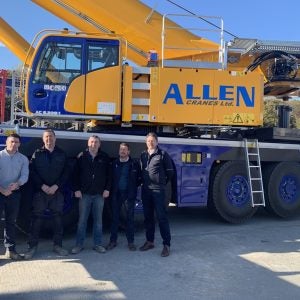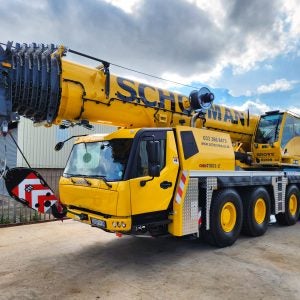Cranes are growing more technical, and more specialised. There are so many different types of technologies involved. Not just hydraulics, not just electrics, not just engines, not just computers, but all built together, in one greasy bird’s nest of tubes, wires and bolts.
It is increasingly difficult for an engineer working alone to keep up with all the technical developments that allow these cranes to work, at the same time as he labours to keep an older fleet afloat.
However, IT is becoming more user-friendly, and increasingly mobile. I predict that in five years, the IT will have become easier to manage than the crane repair. As a result, crane repair methods will split. On the lower capacity end, cranes will remain relatively simple and be repaired by regional service providers.
As certain classes of cranes grow ever more complex, they will require more and more specialist knowledge to repair. During that time, the internet and software will become easier to use, and more widespread.
So the high capacity, super-complicated, all terrain and crawler cranes will be simply too difficult to be repaired by crane fleet owners, third party service agents, dealers or even manufacturers’ regional offices. Maintenance and service knowledge will centralise at the factory. In five years, all manufacturers will have to offer remote diagnosis, in order to support their cranes.
• Here at Cranes Today we’re doing our bit to advance information technology. Our latest initiative is a new web site with a new look, and an improved user interface. Check it out on www.cranestodaymagazine.com.






